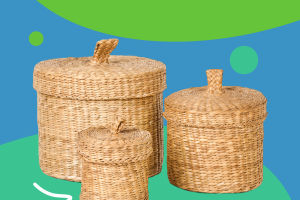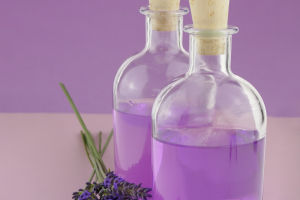Aloe vera is a succulent plant that is native to North Africa and the Arabian Peninsula and is now widely cultivated around the world.
Its thick leaves can store a lot of water, so it is known as the "king of the desert" and has high medicinal and health value.
The main components of aloe vera are polysaccharides, flavonoids, amino acids, vitamins, and other nutrients.
It has the following main functions:
1. Anti-inflammatory: flavonoids and polysaccharides in aloe vera have good anti-inflammatory effects, which can relieve itchy and painful skin, and can also improve inflammation of the gastrointestinal tract, etc.
2. Reduce swelling and pain: Flavonoids and polysaccharides in aloe vera can promote the discharge of swollen tissues, reduce pain and discomfort, and help promote tissue repair and regeneration.
3. Moisturizing and nourishing: Aloe vera polysaccharides can improve the water content of the skin, increase skin elasticity and glossiness, and help prevent dryness and aging of the skin.
4. Improve gastrointestinal function: Flavonoids and polysaccharides in aloe vera can promote the peristalsis of the gastrointestinal tract and facilitate food digestion and absorption.
5. Improve immunity: The polysaccharides and amino acids in aloe vera can enhance the body's immunity, improve body resistance, and help prevent infections and diseases.
You can grow aloe vera at home. Aloe vera can be grown in various containers, such as pots, hanging baskets, flower boxes, etc.
The size of the container should be chosen according to the number of aloe vera to be planted and the size of the space, while the container should have good drainage holes.
Aloe vera is suitable for growing in fertile, loose, breathable, and well-drained soil. Do not overwater or waterlogged, which can easily lead to root rot.
Aloe grows slowly and does not require frequent fertilization. You can sprinkle some well-rotted compost or organic fertilizer on top of the soil every spring and summer to help provide nutrients.
Aloe prefers a sunny environment, but it should also avoid exposure to the sun. Aloe vera grown indoors should be placed in a bright location and can be moved occasionally and appropriately for better light.
In the medical and healthcare fields, aloe vera is widely used in medicines, health products, and cosmetics. Aloe vera can also be used as an ornamental plant for indoor and outdoor gardens for both aesthetic and practical purposes.
It is worth noting that excessive consumption or use of aloe vera products may cause adverse reactions and should be used with caution depending on individual circumstances.


